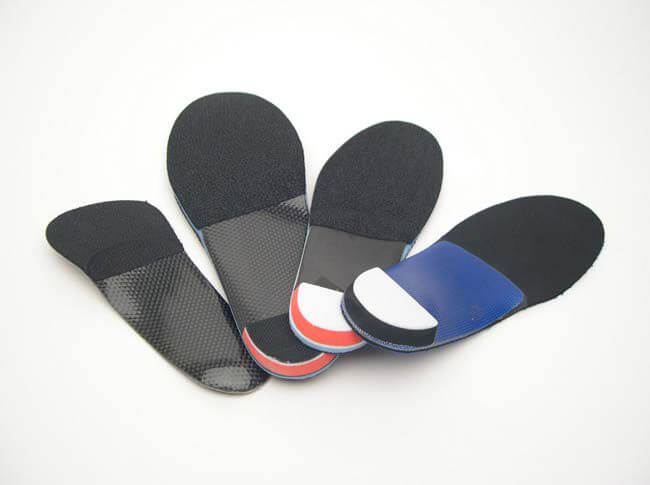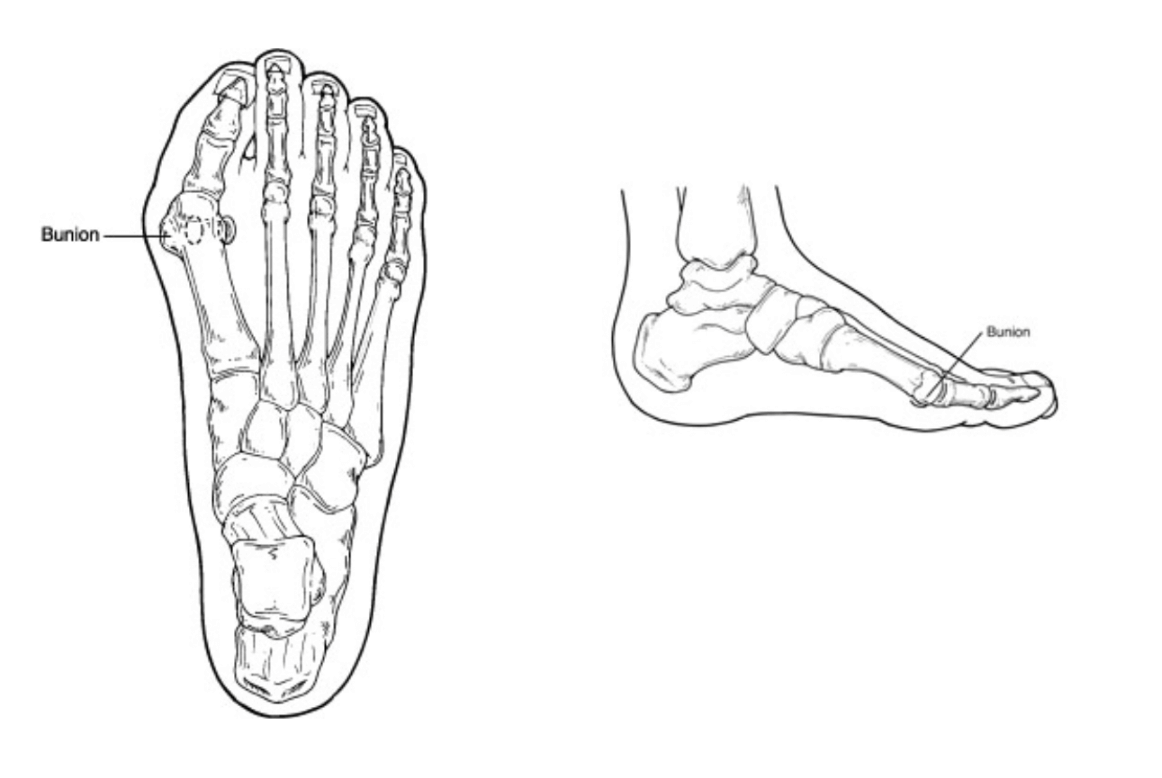timothy young
Displaying items by tag: timothy young
Dr. Timothy Young Discusses Stubborn Capsulitis

I have had this condition myself. We are talking about capsulitis of the second metatarsal phalangeal joint (MTP joint) in the ball of the foot, near the base of the second toe. There have been previous blogs about the potential cause of this problem. Treatment has to address the underlying cause and foot structure as much as possible. If the calves are tight, then they have to be stretched and use a night splint or even have a gastroc recession surgery. If there is a bunion and the whole first metatarsal is not bearing is fair share weight then it can cause stress overload to the next in line second metatarsal. Orthotics and foot taping often help this.
Sometimes it's not enough and sometimes especially if there is damage to the capsule such as the plantar plate, we then have to correct the bunion and consider surgery on the second metatarsal. But there are other cases that don't require surgery. It still imperative to do all the other treatments. The correct shoes with a forefoot rocker, sometimes zero drop shoe such as Altra Shoes can also help. Avoiding the activity that seems to aggravate this also can be critical. For example, if you're runner or speed walker, you may have to put that on hold or do cross training until her symptoms have completely resolved. For myself, this seemed to come on after I had resumed running after several months off. I had to make sure my orthotics were still appropriate for this problem. I wore correct shoes. I had to stop running and cross train. I worked on stretching my calf and I have a night splint also.
If you are experiencing foot or ankle pain, give us a call at 425-391-8666 or make an appointment online today.
Dr. Timothy Young, a Board Certified Foot Surgeon, Discusses How to Tell if a Fracture is Healing
If you are experiencing foot or ankle pain, give us a call at 425-391-8666 or make an appointment onine today.
Dr. Timothy Young, a Board-certified Foot Surgeon, Discusses Removing Hardware After Bunion Surgery

Most bunion surgeries require screws or plates (or a combination). It’s important during bunion surgery, in order to get full correction and realign the bones and joints, the bone is typically resected or effusions are done to realign the first metatarsal. This requires hardware such as plates and screws. Once the hardware has done his job and the bone has healed and maintained the new corrected alignment and position, many of our patients elect to have hardware removed. The hardware can be medical grade stainless steel or titanium. These are the most common metal/metallic implants used.
Sometimes the head of the screw causes minor irritation or part of the threads protrudes enough that there is irritation with some of the adjacent soft tissue.
In other instances some patients seem to be sensitive to having a foreign body or a non-human item in the body. Some patients have minor skin manifestations although this isn’t common. In general patients feel better once the hardware is out.
If you are experiencing foot or ankle pain, give us a call at 425-391-8666 or make an appointment online today.



